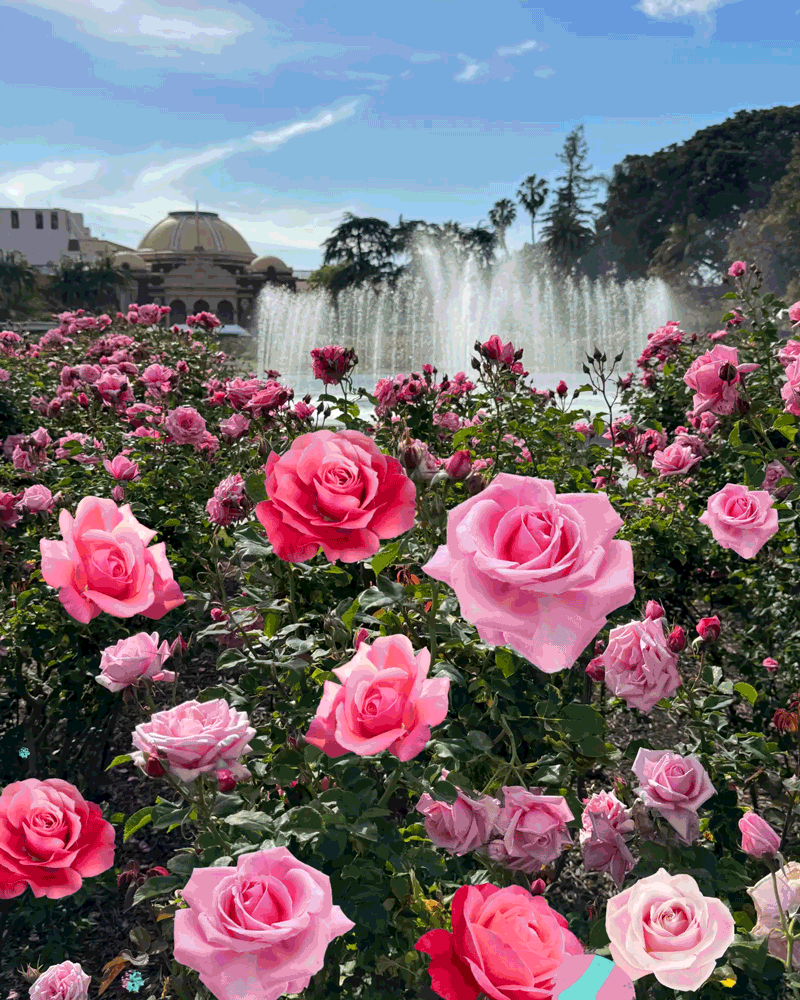GARDEN BY THE SEA : The Ritz-Carlton Hotel Is a Showcase of Beachfront Landscaping
- Share via
AS ANY SAILOR knows, the sea can be kind and cruel, sometimes in the same day. Beachfront gardens often get similar treatment: They might bask in a muted morning sun but be blown to pieces by afternoon. On the elegant grounds of the Ritz-Carlton Hotel in Laguna Niguel, for example, the mid-afternoon wind can whip through the palms planted along the drive so violently that, says the hotel’s landscape director Philip Sellick, “we’ll find fronds on the other side of the property.” Which is quite a way off, considering that the hotel sits on 17 acres. Just 4 years old, the Ritz-Carlton is one of the newest showcases of what will and what will not grow at the beach.
The ferocity of the winds was an important factor in the garden’s design. Flowers tend to do best on land that faces the ocean. Colors seem intense, probably because of the softened sunlight. The salt air doesn’t seem to bother the plants, perhaps because they are not in the ground that long. Sellick and his crew “change out” the plantings often--4,000 to 5,000 flowers are replanted each week--so that they always appear to be in full bloom. The average bed lasts but six weeks before it is replanted.
Recently, overlooking Salt Creek Beach, one of the better South Coast surf spots, we could see the waves were blown out and the surfers were giving it up, but the flowers didn’t seem to mind the buffeting. The plantings here are a mix of perennials and annuals, used casually because they abut the wild coastal scrub. Closer in to the hotel, the flowers are used more structurally. Instead of a gay mix, they are planted in large, bold splashes.
Beachfront gardens are unusually temperate, a condition that allows the Ritz to grow just about anything, except perhaps those plants that need heat. In the courtyards grow palms, bananas, giant birds-of-paradise and heliconias. In the protection of the buildings, out of the wind, those tropicals that will not take the winter cold found farther inland can thrive.
Wednesdays at 10 a.m., Sellick or Kevin Dyer (former horticulturist of nearby Sherman Gardens) leads a tour; telephone (714) 240-2000.
More to Read
Sign up for The Wild
We’ll help you find the best places to hike, bike and run, as well as the perfect silent spots for meditation and yoga.
You may occasionally receive promotional content from the Los Angeles Times.






